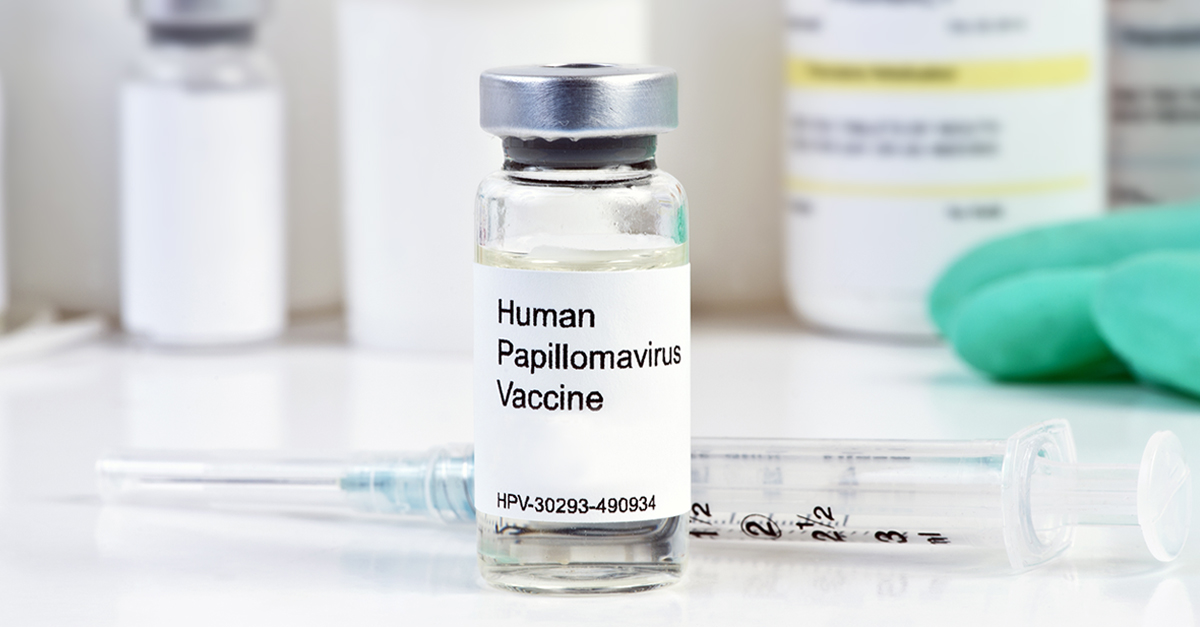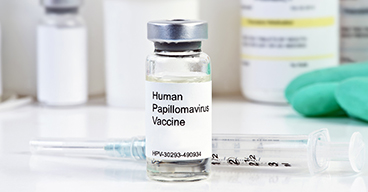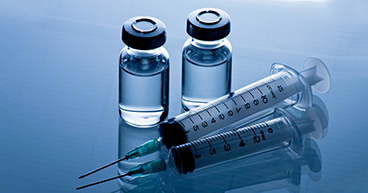
Health officials are expanding their efforts to reduce the HPV virus’ link to cervical cancer with a move that may seem counterintuitive—encouraging some women to get screened for the disease less frequently. It’s another step forward in a public health movement designed to continue to drive down incidence rates for a disease that was once the No. 1 cancer killer of women in the United States. Now, thanks to public awareness efforts, Pap tests and a vaccine targeting the human papillomavirus (HPV), cervical cancer has become largely preventable.
Along the way, though, another concern has emerged: the number of women who receive false positive Pap results and undergo further unnecessary testing. That’s why public health officials are shifting their focus in the fight against cervical cancer, zeroing in on women with HPV, which is responsible for almost all cervical cancers. A key government agency’s decision to change its recommendations on cervical cancer screening reflects HPV’s principal role in the disease.
“ If women receive an abnormal result on a Pap test, they're often caused undue anxiety and additional testing when, in reality, unless they test positive for high-risk HPV, they have nothing to worry about.” - Julian Schink, MD - Chief of Gynecologic Oncology
Changes in guidelines?
In September, the U.S. Preventive Services Task Force modified its cervical cancer screening guidelines, encouraging women between the ages of 30 and 65 to receive HPV testing every five years, instead of getting a Pap test every three years or a combination of a Pap test and an HPV test every five years. “The story isn’t so much what’s changed, but what’s new and why,” Dr. Schink says. “This new screening strategy, coupled with the HPV vaccine, presents a great opportunity to make further strides toward the prevention of cervical cancer.”
Pap tests use samples from the cervix to test for cell changes that could lead to cancer. While the Pap test is considered a widely reliable screening tool for detecting the disease, some women receive inaccurate results that indicate their cellular sample was abnormal, which may cause them unnecessary worry and stress. Knowing the emotional impact false positive Pap results may have, gynecologic experts say it is more important to screen women who are at high risk for the disease—those with high-risk HPV. “When you conduct a Pap test and an HPV test together, you pick up women who have some cell changes on the cervix but who also test negative for high-risk HPV,” he says. “According to the screening guidelines, when that happens, women are told they had an abnormal Pap and have to repeat the test next year. What that does is create a lot of tension and lead to a lot of unwarranted testing, when what really matters is whether women have high-risk HPV or not.”
What is HPV?
HPV is a group of more than 200 related viruses that affect 79 million Americans. The virus, spread through sexual transmission, typically doesn’t cause symptoms and most often goes away on its own. But in some cases, it leads to cell changes that may develop into cancer. Knowing that many younger women will test positive for an HPV virus that will most likely turn out to be harmless, the task force recommends those between the ages of 21 and 29 receive Pap tests every three years, and not undergo HPV testing, Dr. Schink says. “In most of these younger women, the HPV is going to go away on its own and not cause any problems,” he says. “That’s why we can’t use HPV testing as a screening tool for cervical cancer in these cases. However, if women take advantage of the HPV vaccine, they’ll be more protected because HPV is much less likely to cause infection and stick around to cause problems.”
The vaccine is designed to prevent infection by high-risk HPV strains that cause most cervical cancers. In guidelines meant to target kids before they become sexually active, the Centers for Disease Control and Prevention recommends that 11- and 12-year-old boys and girls receive two doses of the HPV vaccine six months apart, and that young men and women ages 15 to 26 receive three doses.



